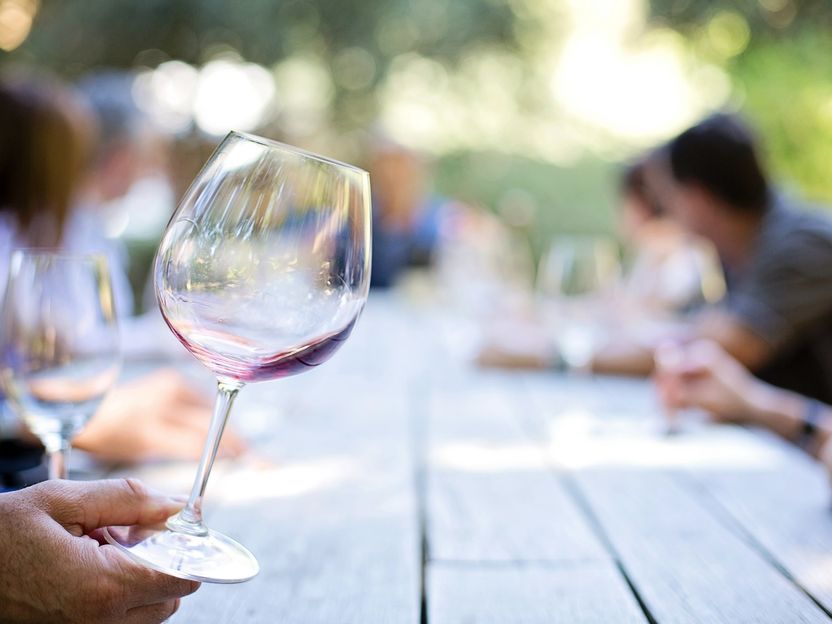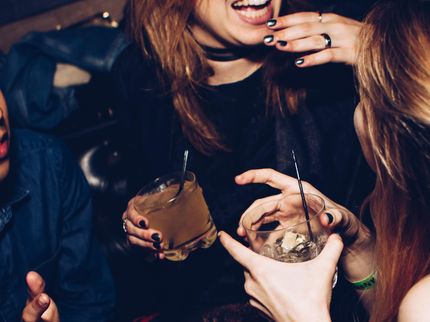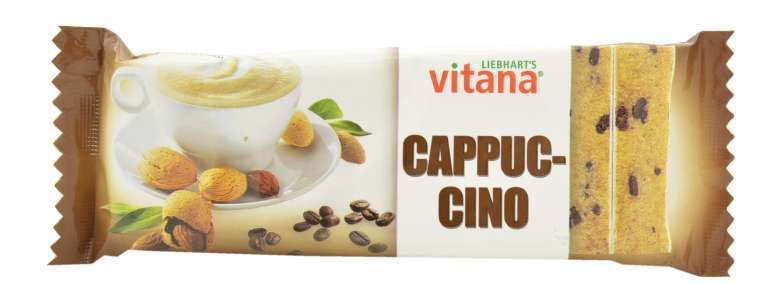How can US wine adapt to a pandemic-driven decline?
Offer the option of lower-alcohol wines
wine sales rose in initial COVID-19 lockdown shopping, but drinkers later deprioritized alcohol spend in favor of health. So which demographic should brands target?

JillWellington/ Pixabay
Offer lower ABV wine options for Gen Z alcohol moderators
Wine brands must ride the trend for alcohol moderation, which will accelerate for Gen Zs during a COVID-19-driven recession eg with lower alcohol wine seltzers of 4% ABV.
Before COVID-19, alcohol moderation was an emergent trend among older US Gen Zs, as less than one in 10 of adults 22-24s were drinking alcohol less often in 2019, according to Mintel research on drinking occasions in the US.
As consumer confidence weakens in a recession, Gen Zs will further prioritize studies and work over hangovers. Also, the rationale for moderating alcohol will gain traction such as boosting health, saving money and improving performance.
Work with Gen Zs to ensure wine stays on the shopping list
Hard seltzer made gains against wine via its natural touchpoints, lower ABV and refreshment. But wine can also engage moderators with lower ABV seltzers eg 4% versus 12% ABV.
Del Mar Wine Seltzer (5% ABV) is a wine seltzer RTD mixed with sparkling water which targets the trend for spiked seltzer. Label design dials up refreshment and better for you. Its lower ABV positions it as more sessionable (US).
Barefoot Hard Seltzer Variety Pack (4% ABV) is made with wine, sparkling water and a hint of natural fruit flavors. Its on-pack color palette and icons dial-up ‘naturalness’ eg 70 calories and 2g of sugar (US).
Barefoot California Chardonnay (13% ABV) is a full proof wine sold in 4x187ml bottles. This format will appeal to the alcohol moderator keen to control dosage. It’s price $6.99/$0.93 per 100ml places it in the value segment (US).
Give Millennial drinkers a rationale to continue to enjoy wine
Brands should offer lower alcohol wines ie 5-9% ABV, to trigger permission to indulge for US Millennials.
According to Mintel US research on wine, Millennials are the most frequent wine buyers; three in five bought wine in the last three months in 2019 vs more than half of all consumers. Furthermore, one-third of US Millennials have prioritized healthy eating since the start of the COVID-19 outbreak versus less than three in 10 of all consumers.
Many US Millennials self-define as a ‘foodie.’ Millennials will continue to enjoy foodie culture that includes wine with their food experience. As Millennials try to balance the good with the bad of alcohol, they will look for a rationale to continue to enjoy wine. Even before COVID-19, more than four in five US Millennials agreed that it is important to choose food and drinks which contribute to one’s overall health.
Offer the option of lower-alcohol wines of 5-9% ABV
Lower-alcohol wines 5-9% ABV will be seen as better for you by younger health-conscious drinkers. But US drinkers are behind Europe in being ready for 0% ABV wines.
Barefoot, Summer Red California Wine (9% ABV) is described as a vibrant wine with raspberry and orange aromas, complemented by flavors of freshly picked ripe berries. (USA)
Linderman’s Shiraz Early Harvest Wine (9% ABV) is a light and refreshing red with juicy plum flavors. It is at least 25% lighter in alcohol and calories versus other shiraz wines. It is seen as more healthy than its category (Australia).
Yellow Tail, Pure Bright Pinot Grigio (8.5% ABV) is a light, refreshing and zesty wine that is bursting with juicy red apple, pear and passionfruit flavor notes. (USA)
Bring US wine in line with the curve on organic
US wine brands should align with trends for organic food and drink products. The organic trend will grow as consumers seek to boost health in a post-COVID-19 world.
In the year to June 2020, 21% of total US food and drink launches were organic. Yet only 4% of US wine launches made an organic claim.
According to Mintel US research on the natural/organic food shopper, three in five US consumers see natural/organic products as more healthy. Additionally, nearly half consider natural/organic products are worth paying more for.
What Mintel thinks
Brands must ensure wine stays on the shopping list of younger drinkers (Gen Zs of legal drinking age) in a COVID-19-driven downturn, by reaching out with lower-alcohol wine-based seltzers of 4-5% ABV.





























































